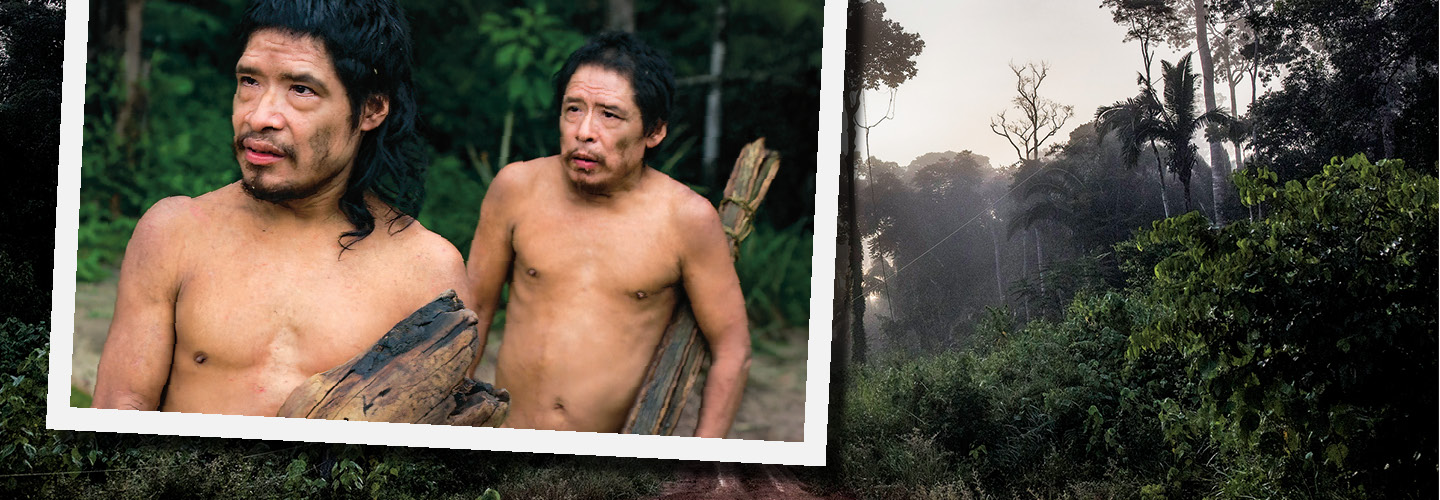There was virtually nothing but rainforest for miles, and then the government agents spotted it: a makeshift shelter, the fire still smoldering.
There were two sets of footprints, two machetes, and two spots for hammocks.
“He was just here,” said one of the agents, Jair Candor, crouching beneath the shelter in June as his partner snapped photographs. Candor had spent 35 years searching for a man who did not want to be found—and this time, he just missed him.
There was virtually nothing but rainforest for miles, and then the government agents spotted it. It was a makeshift shelter, and the fire was still smoldering.
There were two sets of footprints, two machetes, and two spots for hammocks.
“He was just here,” said one of the agents, Jair Candor, crouching beneath the shelter in June as his partner snapped photographs. Candor had spent 35 years searching for a man who did not want to be found. This time, he just missed him.

